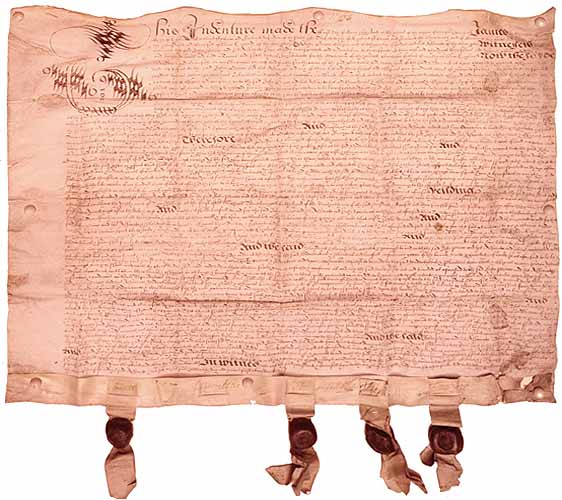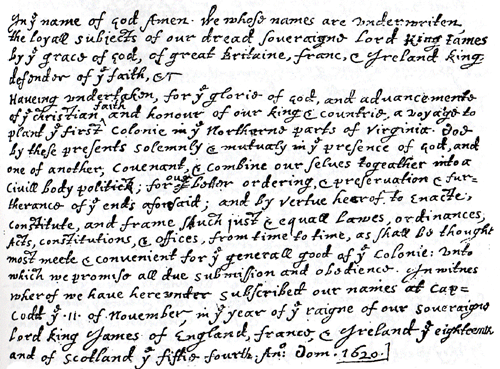Teens are more likely to have sex if they:
- Entered puberty early
- Socialize with youngsters who approve of and encourage sexual activity
- Place little value on education
- Have a poor relationship with their parents, particularly their father
- Rarely attend religious instruction or services
Abstinence: A Positive Approach
When teaching your child about sexuality, why not accentuate the advantages of delaying sexual intercourse instead of harping on the potentially adverse consequences? It’s the same message, only framed in a more positive light. You might begin by acknowledging that physical intimacy between two loving adult partners is beautiful and joyful, while also warning about the perils of experience that comes too early.
“When young people have sex before they’re ready, they usually end up regretting it. I’d hate to see that happen to you.” Then you can continue with some of the other good reasons that many dating couples offer for their decision to practice abstinence.
Why wait? It’s the only foolproof way to avoid an unplanned pregnancy. If you don’t have sexual intercourse, a girl can’t get pregnant.
Why wait? Because later on, girls who didn’t often wish that they had. Researchers in New Zealand interviewed nearly one thousand young people, all in their mid-twenties, about their first sexual experiences. On average, the men had become sexually active when they were seventeen; the women, at age sixteen. Looking back, more than half the women admitted that they now wished they’d held onto their virginity longer, a sentiment seconded by 70 percent of the women who had been fifteen or younger the first time they had intercourse.
Helping Teens Resist Sexual Pressure
“The pressure on teenagers to have sex is enormous,” says Denver pediatrician Dr. Ron Eagar, adding that kids often feel as if they’re caught in a vise. Not only do they have to contend with the direct pressure to “do it” from their date or steady boyfriend/girlfriend, but there’s also the peer pressure applied by friends who want to know (elbow jab, wink wink) “didja do it?” They may also feel the internal pressure to keep pace with their friends as if competing in a marathon to lose their virginity. One way of helping them resist these pressures is to anticipate them and discuss them.
Let’s say that you have a daughter who’s just beginning to date. Describe a scenario such as this one:
A sixteen-year-old girl is trying to fend off an over amorous date who’s had too much to drink at a party and is clumsily trying to slip his hand under her bra as they kiss in the front seat of his father’s car. She likes this boy and has known him for years, but she’s uncomfortable with the direction the evening is taking and wants to stop things from going further—yet without hurting his feelings unnecessarily.
Then ask your daughter: “What could the girl do or say to regain control of the situation? Is she being too timid? Should she be more forceful?”
Another variation of this exercise is to ask your teenager to picture herself in a given situation and imagine how she might react as if watching herself in a movie frame by frame. For example: “If I was invited to a boy’s house and discovered after I got there that his parents were out of town, what would I do?” Athletes and performers often use visualization to help them prepare for upcoming challenges, including those they’re encountering for the first time.
Let’s encourage youngsters to think ahead, anticipate potential trouble and be alert to warning signs. Perhaps the girl in our example saw her date drink two beers at the party. Though he wasn’t staggering around drunk or slurring his words, she should have registered this as a warning that trouble might lie ahead. Then she could have decided not to take any chances and caught a ride home from the party with some other kids, thus avoiding the awkward situation in the car.
Giving Teens the Words for Fending Off Unwanted Sexual Advances
Hook
|
Sinker
|
“Aw c’mon, everybody does it!”
|
“I don’t care, I’m not everybody. And besides, not everybody ‘does it,’ including some of the kids who say they do.”
|
“If you loved me, you’d go to bed with me.”
|
“If you loved me, you wouldn’t pressure me into doing something that I’m not ready to do.”
|
“If you don’t have sex with me, I’ll break up with you.”
|
“If being your girlfriend means that I have to sleep with you, then I guess I don’t want to be your girlfriend.”
|
“Why won’t you have sex with me?”
|
“Because I don’t want to.” No further explanation needed.
|
“We had sex before; why are you turning me down now?”
|
“I’m entitled to change my mind. It’s my body and my life, and I want to wait until I’m older before I have sex again.”
|
“Yo, let’s do it. You know you want to!”
|
“No. No. No! What part of ‘no’ don’t you understand?”
|
“Your parents are out all night; let’s go back to your house.”
|
Use your ace in the hole: blame your folks. “Go back to my house? We can’t. My parents won’t let me have boys over when they’re not home.”
|
- Last Updated
- 11/2/2009
- Source
- Caring for Your Teenager (Copyright © 2003 American Academy of Pediatrics)












